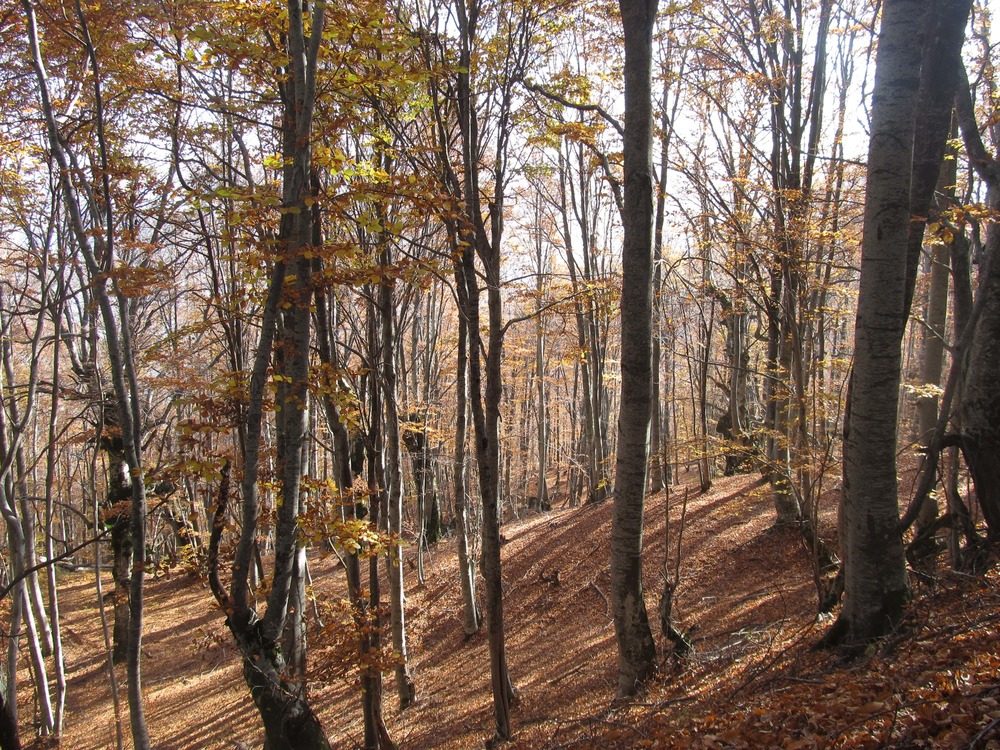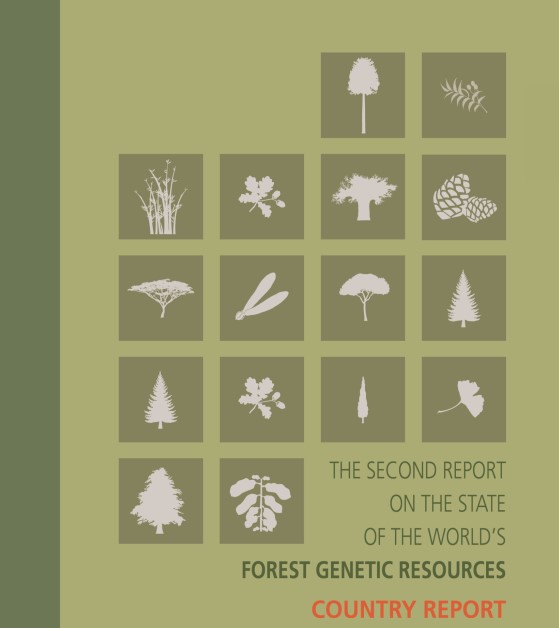
Focal point
Mariya Nikolova-Belovarska

The European Information System on Forest Genetic Resources (EUFGIS) provides geo-referenced and harmonized data on genetic conservation units of forest trees in Europe.
In situ gene conservation (for 41 tree species)
This includes the forest genetic resources preserved in three National Parks, ten Nature Parks as well as all approved Seed Production Stands. The total area managed for in situ conservation purposes is 145 105 ha. The conifer genetic resources slightly prevail in area (73 943 ha), the species from genus Pinus covering 40 339 ha, from genus Picea - 25 523 ha, and from genus Abies - 7923 ha, etc. Concerning the deciduous species the biggest is the area of genus Fagus (47 606 ha), of genus Quercus (16 580 ha), of genus Tilia (2272 ha), of genus Fraxinus (1670 ha), etc.
Ex situ conservation
This refers to the conservation of genetic resources outside their natural habitats through seed orchards, archive plantations, provenance trials and progeny test, arboreta and botanical gardens. The area managed for ex situ gene conservation is 540 ha, 70% of them being established for conifer species.
Seed production stands (for 48 forest tree species)
The total number of seed production stands for conifer species is 2570 on an area of 21 094 ha or about 2% of the conifer forest territory. They are distributed as follows: for Pinus sylvestris - on 10 458 ha or 1.9% of Scots pine forests, for Picea abies (L.) Karst. - 5953 ha or 4% of the Norway Spruce forests, for Pinus nigra Arn. - 2638 ha or 0.9% of the Black pine forests, for Abies alba Mill. - 1158 ha or 3.6% of the Fir forests, for Pinus peuce Griseb. - 686 ha, for Pinus heldreichii Christ - 62 ha, etc. The total area of broadleaved seed production stands is 30173 ha, including 13 127 ha Quercus sp., 12 550 ha - Fagus sp., 1451 ha - Tilia sp., 520 ha - Fraxinus sp., 230 ha Betula sp., etc.


Populus nigra Network: Report of the seventh and eighth meeting
Noble Hardwoods Network: Report of the third meeting
Mediterranean Oaks Network: Report of the first meeting

Populus nigra Network: Report of the first meeting

Social Broadleaves Network: Report of the second meeting